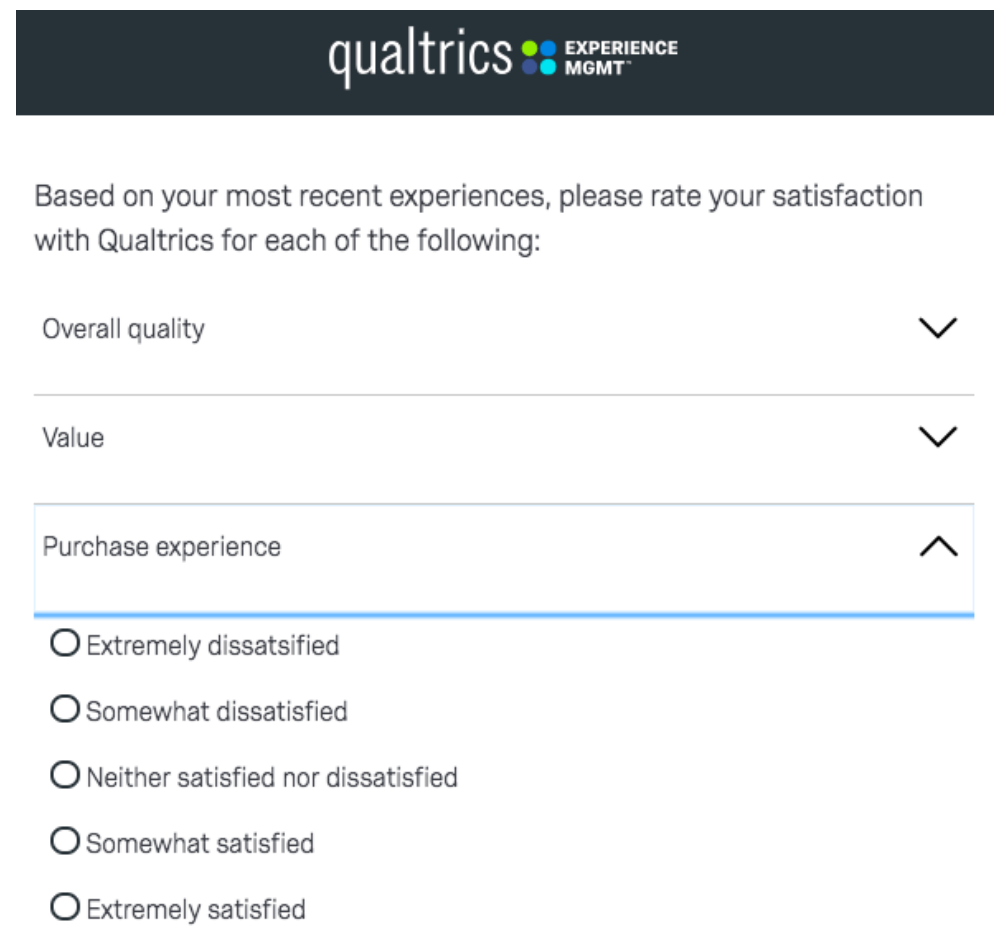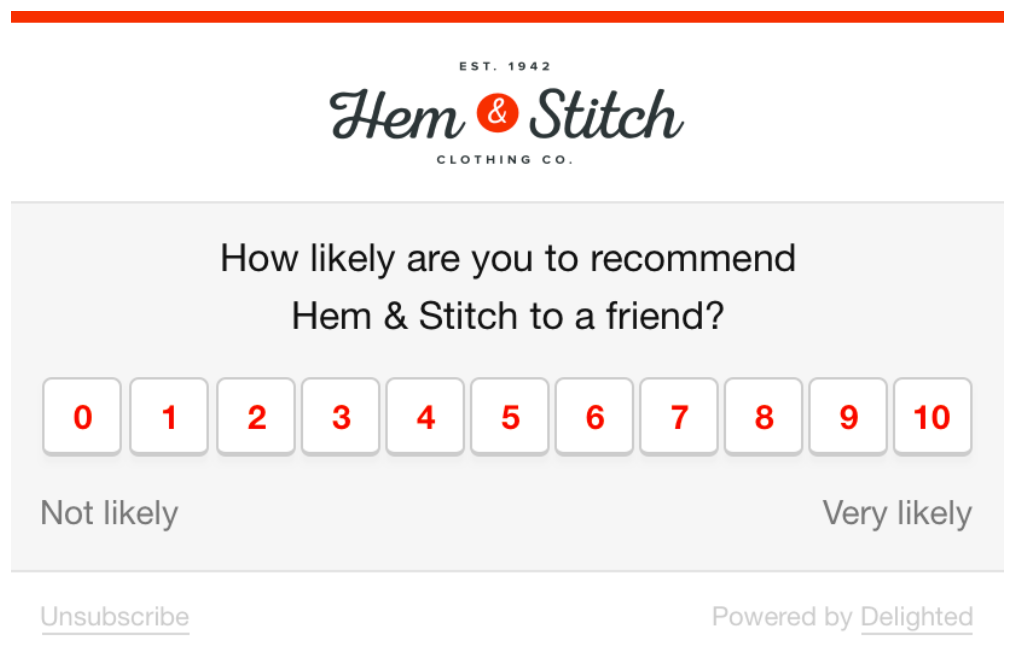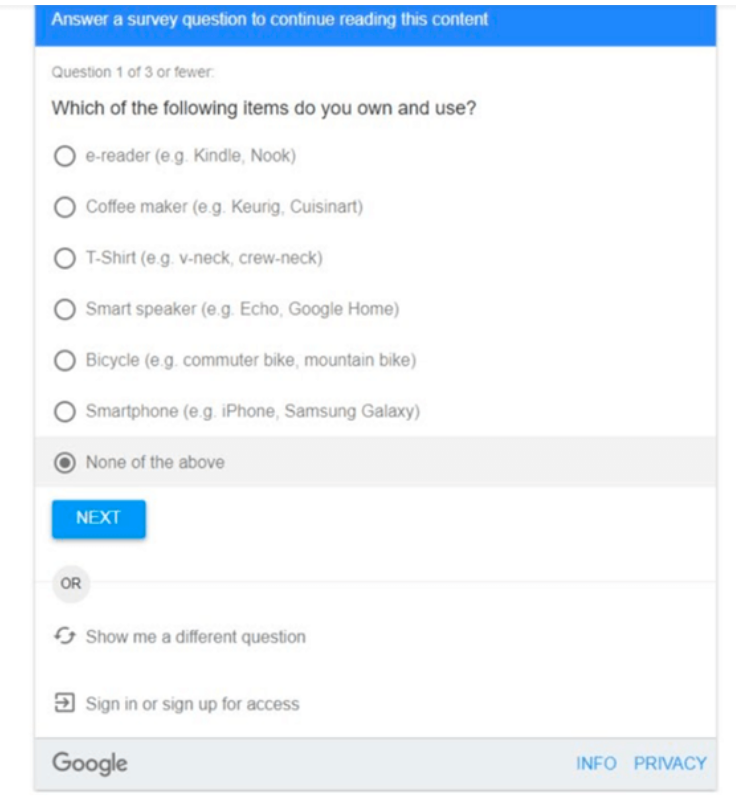The current SaaS market is growing at a CAGR of 17% and is expected to touch $171 billion in 2023. Cutting would require overcoming high competition and pivoting to customer success. SaaS companies must focus on top customer support, offering quality products, and meeting customer demands.
Hence, offering effective SaaS customer success requires crafting feedback that helps gauge customer satisfaction, which can boost customer success. Frequent feedback from these surveys allows an understanding of customers’ needs, pain points, and experiences, providing insights on how improving your SaaS products can unlock customer success.
In this piece, we’ll provide a few actionable tips that help craft compelling customer feedback surveys. Once collected, you can analyze and act on this data by changing or developing products, processes, and strategies that enhance your SaaS offerings.
Get clear of the purpose
Begin your surveys with a clear objective of what you need for analysis.
For instance, are you collecting their feedback to gauge customer experience metrics or touchpoints to pay attention to CX data? Think of everything you plan to evaluate, from your customer retention rate and satisfaction score to your customer support and mobile app experience and multiple factors that affect customer success. Therefore, consider embracing specificity in terms of purpose before venturing into customer feedback through surveys.
Consider nailing your focus and sticking to one topic because collecting and implementing feedback on multiple issues simultaneously can be challenging.
Once pin-pointing your survey goal, pick the perfect customer survey type that propels you toward achieving your objective.
Below are some of the major types of customer surveys suitable for different purposes.
Customer satisfaction (CSAT) survey demonstrates what your SaaS product users feel about your product or service. Consider an example of customer support users get for a SaaS project management tool. Here, CSAT surveys can help evaluate the quality of customer support experiences.
In such scenarios, a typical customer satisfaction survey question is: “How satisfied were you with the assistance you received from our technical support team?”
Net Promoter Score℠ (NPS) survey: NPS survey can help gauge customer loyalty since it requires asking them about how likely they are to recommend your SaaS product to someone else.
It can then help identify how many customers are detractors (unhappy), passives (satisfied), and promoters (highly satisfied, loyal customers).
- Churn survey: SaaS companies can use this survey to understand why customers are discontinuing their products. It reveals factors that need improvement, which can help prevent future churn.
- Product Feedback Surveys: Such surveys involves gathering customer feedback on the product’s features, usability, and performance. It comes in handy if your goal is to discover product features that customers love and need improvement.
Customer Intelligence: Benefits, Strategies and Challenges You Need to Know
Frame your survey questions with precision
Say goodbye to vague, leading, and complicated questions! Such survey killers can ruin the experience for your respondents, limiting their participation in future surveys. Don’t let unclear questions trip you up! They can cause rushed and unreliable responses.
An article by Delighted suggests that the 5% to 30% range is an ideal response rate. But, if you exceed this ballpark to reach 50%, the survey data won’t help much if it doesn’t propel you toward your goal.
Therefore, ask survey questions that help you get reliable and helpful responses from your customer survey. And this needs crafting non-leading, easy-to-understand questions. Keep it simple and unbiased to get the best results.
So, let’s dive in and learn how to get those survey questions like a pro!
Refrain from leading or loaded questions
Let’s begin with understanding the difference. Loaded questions make a presumption about the responder, whereas leading questions imply a certain answer. Both may affect how people react.
You may question, “How would you rate your satisfaction with our product?” instead of “How much do you love our product?” which assumes that the responder loves the product.
Similarly, a question like “Don’t you think our software runs faster than our competitors’?” is implied. This subtly leads to respondents agreeing with the statement.
Instead, you can follow the below-mentioned SaaS marketing best practices when creating a customer survey for your product feedback.
Get direct and specific
Refrain from settling for vague questions that only result in ambiguous responses. Add a human touch to customer service that can level your game by involving targeted questions! Instead of the generic “Are you satisfied with our service?” try asking about the nitty-gritty details.
Try to be specific with questions like “How satisfied are you with the speedy customer service response?” or “How satisfied are you with the top-notch resolution provided by our customer service?”. It’s time to level up and get the feedback you need.
Avoid negatives
Negative framing is when a question negates an idea. For instance, if you ask, “How often do you not use our product?” it is a negative since it asks about the lack of activity.
Therefore consider framing positive questions wherein you’ll ask, “How often do you use our product?”. Such positive framing is clearer and helps responders provide more accurate answers.
Assort your questionnaire
Different types of questions can help you with various insights. Therefore, consider blending in a set of multiple-choice and scale-based questions that results in collecting quantifiable data along with qualitative insights. Heach offers unique insights into your customers’ thoughts and experiences.
Different sorts of questions include:
- Multiple-Choice Questions: Multiple-choice questions are those where respondents choose an answer from a list of options you provide.
- Scale-Based Questions: These are also called Likert scale questions and involve statements the respondent needs to evaluate by offering them a quantitative value for a particular characteristic, such as frequency, likelihood, importance, or agreement. For example, “On a scale from 1-10, how satisfied are you with our feature updates”? Help you quantify customer satisfaction.
- Open-Ended Questions: Consider adding a question beyond answering yes or no. Instead, provide writing space in the questionnaire inviting respondents to elaborate their thoughts. Such questions can yield rich, qualitative data, providing a deeper insight into customer attitudes and behavior.
Verizon Digital Ready Provides the Free Skills Training Entrepreneurs Need
Design the survey appearance
Lastly, a compelling feedback survey needs an appealing design. So, for example, if your brand colors are blue and white, your survey should echo these colors. Also, remember to include your company logo at the top.
When wrapping up your survey, you must go the extra mile in expressing gratitude to your customers. Therefore, consider adding a “Thank you” page at the end of your survey since it demonstrates that their input is highly valued and shows genuine appreciation for their participation.
Here are some of the key tips for designing a responsive survey.
Provide a clear, simple layout
You’d not want to distract respondents with a cluttered survey. So design a clean, easy-to-navigate survey that encourages them to complete it. A minimal, to-the-point layout with plenty of white space should do the job.
Follow the logical order
Begin your survey with the easiest and the most basic questions before gradually moving to the more complex or sensitive ones. Such an approach help respondents ease into the survey and increase completion rates.
Consider progress bars
For longer surveys, it is recommended to use progress bards as it gives respondents a fair idea of how much of the survey they’ve completed and how much is left. A fast-moving progress bar indicates they are nearing completion, motivating them to finish it.
Leverage conditional logic
Follow the ‘skip logic’ or ‘branching’ when designing your SaaS surveys. This can let you customize your survey for each respondent, something which SaaS companies can use for a diverse set of users. Here, some users will only see the questions relevant to their previous responses, making the survey more concise and relevant.
Focus on font size and style
Ensure using texts that are easy to read in font style, color, and size. Respondents may use different devices (from cellphones to tabs and even PCs), so make sure it is easily viewable on various screen sizes.
Verizon Digital Ready Provides the Free Skills Training Entrepreneurs Need
Over to you
Now that you have explored ways to create top SaaS customer surveys, it is time to implement the same. Before sending out the survey, ensure you have clear goals, choose the right type of survey, include neatly crafted questions, and avoid the pitfalls of negative or biased wording. Coupled with that, the design survey should ooze snappiness that captivates your audience, all while staying true to your brand.
When executed properly, SaaS customer surveys can provide priceless perspectives on enhancing your SaaS product and skyrocketing customer success.
Ready to take action?









